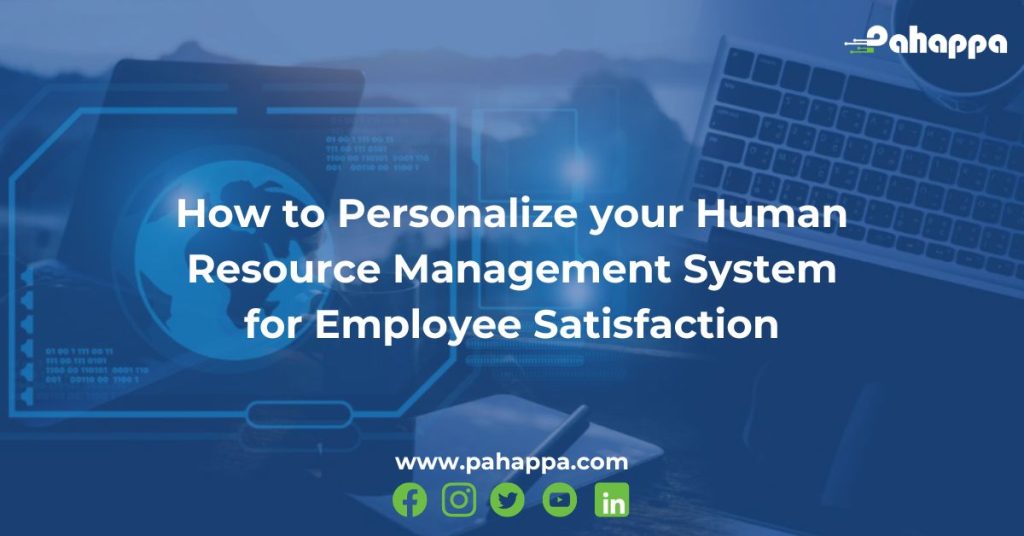Small and Medium Businesses (SMBs) can greatly benefit from utilizing Human Resource Management (HRM) software to streamline and automate various aspects of employee management. Here’s how they can make the most of HRM software:
- Centralized Employee Information: HRM software provides a centralized database where you can store and manage employee information, such as personal details, contact information, job history, performance records, and more. This eliminates the need for manual record-keeping and reduces the risk of errors.
- Recruitment and Onboarding: HRM software can help automate the recruitment process, from posting job openings to managing applications and conducting interviews. It can also facilitate the onboarding process by providing new hires with the necessary forms, policies, and training materials.
- Time and Attendance Tracking: HRM software can track employee attendance and hours worked, making it easier to manage time-off requests, calculate overtime, and ensure accurate payroll processing.
- Leave Management: Automating leave management allows employees to request time off electronically, and managers can approve or reject requests within the system. This reduces paperwork and ensures accurate leave balances.
- Performance Management: HRM software can assist in setting and tracking employee goals, conducting performance reviews, and providing continuous feedback. It helps in identifying top performers and areas for improvement.
- Payroll Processing: Processing payroll can be time-consuming and error-prone. HRM software can automate the calculation of salaries, deductions, and taxes, ensuring accurate and timely payments.
- Employee Self-Service: Many HRM software solutions offer employee self-service portals where employees can update their personal information, view payslips, request time off, and access company policies and benefits information.
- Compliance and Reporting: HRM software often includes features that help SMBs stay compliant with labor laws and regulations. It can generate reports for various purposes, such as diversity, equity, and inclusion metrics, EEOC reporting, and more.
- Training and Development: The software can help manage employee training programs by tracking course completion, certifications, and skills development. This ensures employees have the necessary skills to excel in their roles.
- Communication and Collaboration: Some HRM software solutions offer communication and collaboration features, allowing employees to interact with each other, share documents, and stay informed about company news and updates.
- Analytics and Insights: HRM software can provide valuable insights into employee performance, turnover rates, recruitment efficiency, and more. These insights can guide strategic decisions to improve the overall business.
- Integration with Other Systems: Many HRM software solutions can integrate with other business systems such as accounting software, project management tools, and CRM systems, creating a seamless flow of information across the organization.
When selecting HRM software for your SMB, consider factors such as ease of use, scalability, customer support, pricing, and the specific features that align with your business needs. Implementing such software can help SMBs save time, reduce administrative burdens, and improve overall employee management processes.
Selecting the right HR system for your organization is a crucial decision that can impact your efficiency, employee management, and overall business success. Here are the steps you should take to ensure you choose the HR system that best fits your needs:
- Assess Your Needs and Goals: Identify your organization’s specific HR needs and pain points. Define your goals for implementing an HR system (e.g., improving efficiency, better employee management, compliance).
- Involve Key Stakeholders: Engage HR professionals, managers, and other relevant stakeholders to gather input on the system requirements and features they need.
- Identify Essential Features: Based on your needs and goals, make a list of essential features your HR system must have. This could include payroll, time tracking, performance management, etc.
- Consider Scalability: Ensure that the HR system can accommodate your organization’s growth. It should be scalable to handle an increase in employees and data.
- Evaluate User-Friendliness: An intuitive and user-friendly interface is essential for easy adoption by your team. Consider how easy it is to navigate, input data, and generate reports.
- Check Integration Capabilities: Determine if the HR system can integrate with other software you use, such as accounting, project management, and communication tools.
- Review Data Security: Data security is paramount. Ensure the system complies with data protection regulations and offers robust security features.
- Request Demos and Trials: Request demos from shortlisted vendors to see the system in action. If possible, sign up for free trials to explore the features firsthand.
- Gather Vendor Information: Get detailed information about the vendor’s customer support, implementation process, training resources, and ongoing maintenance.
- Check Customization Options: Assess the level of customization the system offers. It should adapt to your organization’s processes and workflows.
- Consider Budget: Determine your budget for the HR system, including implementation costs, subscription fees, and potential training expenses.
- Seek References: Ask the vendor for references from organizations similar to yours that have successfully implemented the HR system.
- Review Contract Terms: Carefully review the contract terms, including pricing, support, upgrades, and any potential hidden costs.
- Plan for Implementation: Develop a clear implementation plan that outlines the steps, responsibilities, and timeline for deploying the HR system.
- Provide Training: Plan training sessions for your team to ensure they are comfortable using the new system.
- Monitor and Evaluate: Regularly review how the HR system is performing and whether it’s meeting your goals. Make adjustments as needed.
Remember that the right HR system should align with your organization’s unique needs and objectives. Take your time during the selection process to ensure you make an informed decision that will benefit your business in the long run. To learn more about Human Resource Management software click here. To begin your journey in getting Human resource Management Software for your SMB, get a quote from us here.











